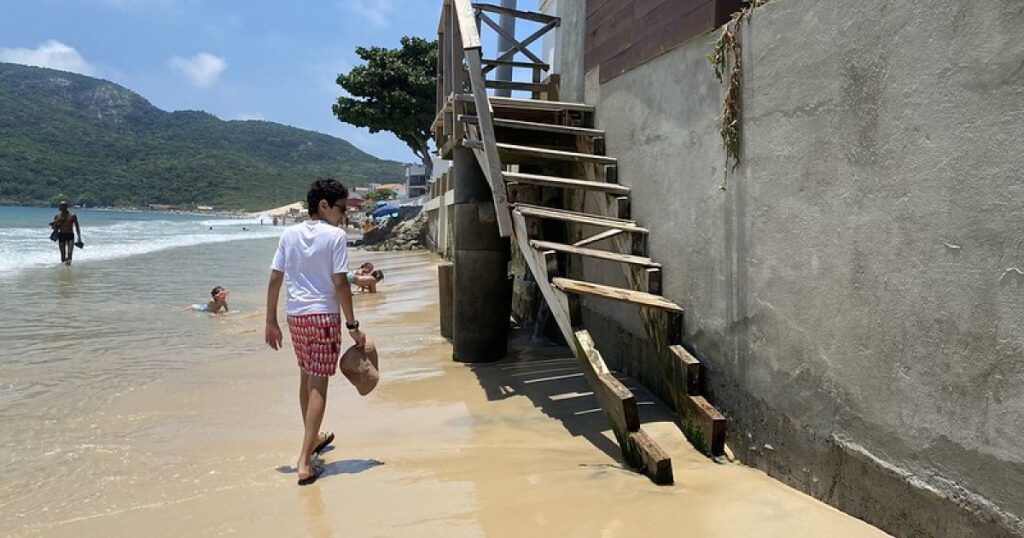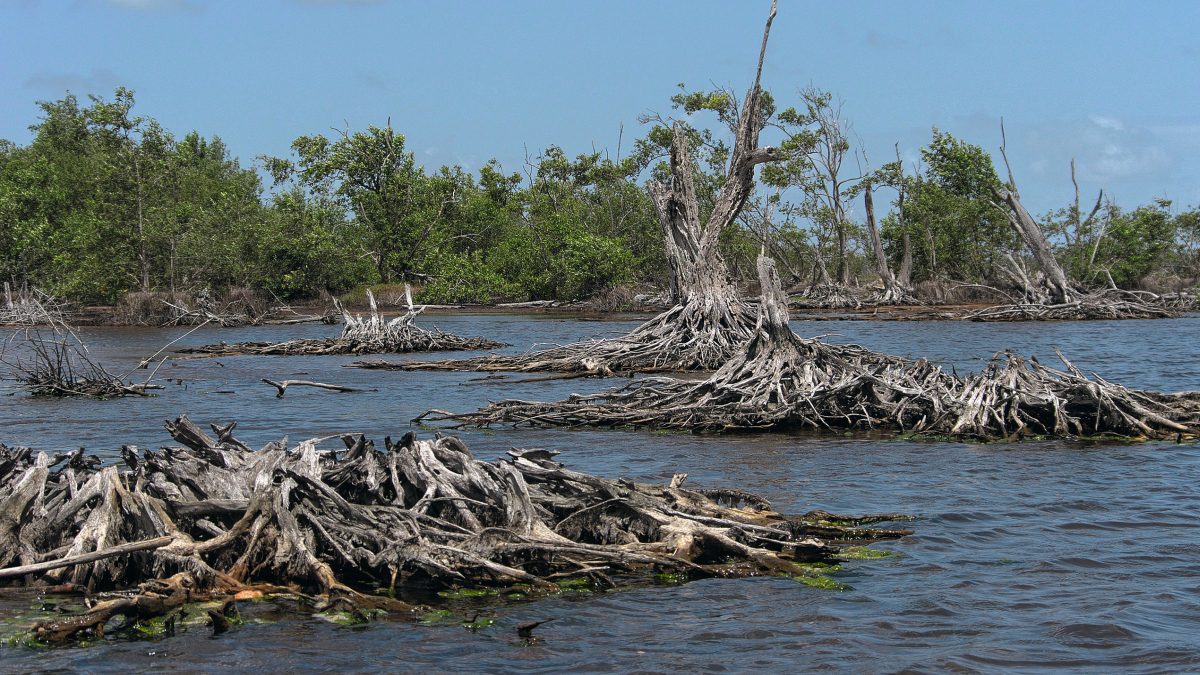
Sea levels are rising faster in the Caribbean and Latin America than elsewhere
Extreme weather events and the effects of climate change are hitting Latin America and the Caribbean hard, from the Amazon to the Andes and from the oceans to the snow-capped mountains of Patagonia. The World Meteorological Organization (WMO), the UN, says in a new report.
Events such as droughts, heat and cold waves, tropical cyclones and floods have “caused the loss of hundreds of lives, severe damage to agriculture and infrastructure and displacement of people,” said WMO Secretary-General Petteri Talas.
It is WMO report Latin America and the Caribbean Climate Status 2021 Presented at a regional conference for South American countries organized by the United Nations in Cartagena, Colombia’s Caribbean coast.
It highlights the impact of climate change and extreme weather events on ecosystems, food and water security, people’s health and the fight against poverty.
Stay informed
Subscribe to our newsletters and keep up with global news
More deforestation
Last year saw the highest level of deforestation since 2009. This not only harms the environment but also undermines efforts to combat climate change.
Glaciers in the Andes Mountains have lost more than 30% of their area in less than 50 years.
Glaciers in the Andes Mountains have lost more than 30% of their area in less than 50 years. Across the region, some are simply disappearing.
The ‘mega-drought’ plaguing central Chile has lasted so far this century. In the Paraná and Plata river basins, drought resulted in limited soy and maize crops, affecting global agricultural markets.
In South America overall, drier conditions caused a decline in grain harvests. In 2020-2021, it was 2.6% lower compared to the previous season.
Heavy rainfall
Elsewhere, heavy rains caused floods and landslides, killing hundreds, destroying or damaging tens of thousands of homes and displacing hundreds of thousands of people. Only two Brazilian states—Bahia and Minas Gerais—suffered $3.1 billion worth of material losses.
The warming trend in the region also continues: the average temperature increase between 1991 and 2021 is 0.2°C per decade, compared with 0.1°C per decade between 1961 and 1990.
“Sea-level rise and ocean warming are expected to continue to affect livelihoods, tourism, health, food, energy and water security in coastal regions, particularly small islands and Central American countries,” Talas said.
Sea level will rise
Global sea level continues to rise, particularly along the Atlantic coast south of the equator, the subtropical North Atlantic and the Gulf of Mexico.
In many Andean cities, the melting of glaciers means the loss of an important source of fresh water for domestic use, irrigation and hydroelectric power,’ notes Talas.
“The continued degradation of the Amazon rainforest is one of the major causes of concern for the region and the world.”
In South America as a whole, “the ongoing degradation of the Amazon rainforest is one of the major climate concerns for the region and globally, given the role this type of forest plays in the carbon cycle,” Talas said. Adds.
Food insecurity
A total of 7.7 million people in Guatemala, El Salvador and Nicaragua faced severe food insecurity in 2021. This is partly due to factors such as the continued impact of cyclones Etta and Iota in late 2020 and the economic effects of the pandemic.
Mario Cimoli, responsible for the Economic Commission for Latin America and the Caribbean (ECLAC), emphasizes that the combined effects of climate change degradation and Covid-19 are not only affecting the region’s biodiversity. “They have brought decades of progress against poverty, food insecurity and inequality in the region,” Simoli said.
In the entire region, there were no less than 175 disasters in the period 2020-2022, 88% of which were caused by weather, climate or hydrology. Mitigating the adverse effects of this situation requires sustained investments and innovative services Early warning systems Not yet effectively used in that area. This is the compelling conclusion of the WMO report

“Coffee fanatic. Friendly zombie aficionado. Devoted pop culture practitioner. Evil travel advocate. Typical organizer.”


